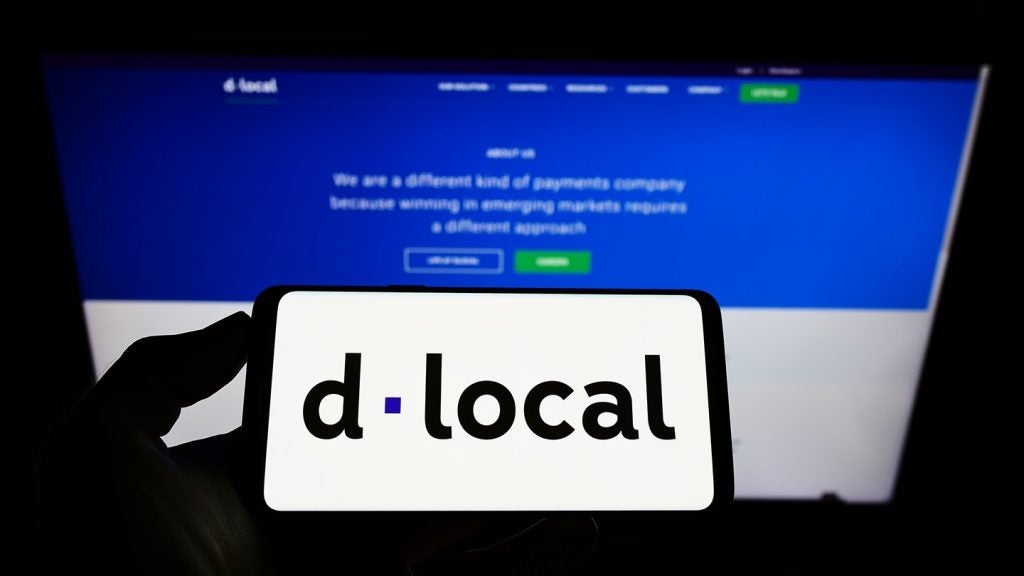Headlines suggest an improving situation for consumers as we move into 2024. But by lifting the lid on each of the key areas of household expense, it’s easy to see why many economists believe spending will continue to be hamstrung for the year ahead. Falling inflation, markets tentatively calling the peak of interest rates and some segments seeing real wage growth all sounds positive. But it’s also clear there will continue to be pressure on household finances well into 2024.
Open banking and open data gain traction
Given the stresses in the economy, the rise of open banking can’t come fast enough, as it offers lenders a bigger picture of a consumer’s financial health. In the UK alone there are now nearly 250 approved open banking providers, all building capabilities based around specific use cases. In all likelihood this figure will continue to rise during 2024.
At the same time, the adoption of open banking is predicted to increase beyond the current 7 million users. The latest stats from the Open Banking Implementation Entity show adoption is finally accelerating, with around 1 billion open banking API calls made in July 2023 alone. It’s already being used to inform multiple disciplines. These include:
Payments – There were 11 million payments from 7 million users in July 2023, mainly for account top-up, bill payments and pay by bank apps.
ID Verification – To help further improve the customer journey especially in the digital channel.
Decisioning – Using Open Banking to better inform marginal approvals or declines.
How well do you really know your competitors?
Access the most comprehensive Company Profiles on the market, powered by GlobalData. Save hours of research. Gain competitive edge.

Thank you!
Your download email will arrive shortly
Not ready to buy yet? Download a free sample
We are confident about the unique quality of our Company Profiles. However, we want you to make the most beneficial decision for your business, so we offer a free sample that you can download by submitting the below form
By GlobalDataPersonal Financial Management – Pulling data into one place to enable analysis and a comprehensive overview of banking positions at any given moment.
Open Banking is still a relatively new proposition in the marketplace. As with all new propositions there is often an inflexion point that drives a significant increase in their adoption. With contactless payments in the UK, it took a combination of an increase in the modest £30 floor limit on transactions alongside Transport for London’s decision to accept contactless card payments as an alternative to the more niche oyster cards.
A similar tipping point for open banking in 2024 could be prompted by the introduction of open banking data to customers’ Apple wallets. Right now, it’s still being beta tested on Apple’s IOS 17 software release. But it seems a natural step given the company has been making a big play about its privacy credentials for years.
Whether or not this proves to be the case, open banking and its evolution to open finance and open data are just one strand in the proliferation and democratisation of data. When this is taken into context alongside a regulatory regime that is increasingly focused on customer outcomes, it’s inevitable there will be an increased sense of urgency to build and embed services right across the customer lifecycle.
Five Quick Wins For 2024
Any headline economic figure often belies the differing individual impact felt by the millions of UK consumers. It also highlights the need for banks and financial services firms to quickly move beyond simplistic customer segmentation, to real-time account level analysis of portfolios. This can be achieved by:
- Widening the view of the customers by using their internal data that may not have been previously used, such as investment data, insurance data and so on.
- Enriching the view by overlaying insight with even more diverse external sources including mobile device data, rental data, ESG data, open banking data.
- Identifying changes in real-time.
- Feeding the insights into AI / ML models to inform and drive the most appropriate next best interaction with customers.
- Creating an ongoing two-way digital dialogue with customers via their preferred channel and favoured times of the day.
Doug Craddock is Senior Principal Consultant, FICO








